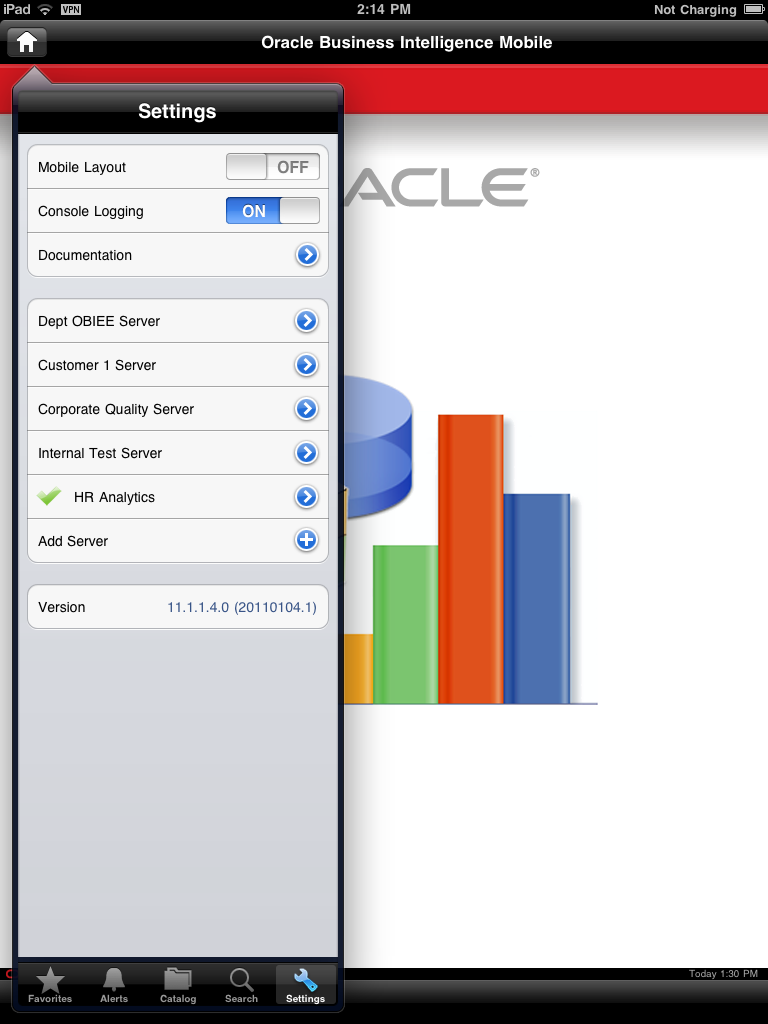
The small screen space, immature mobile browsers, and slow data transmission could not provide a satisfactory BI experience. The mobile browser on a smartphone, a handheld computer integrated with a mobile phone, provided a means to read simple tables of data. As a result, the early mobile BI applications were expensive to design and maintain while providing limited informational value, and garnered little interest. These applications were designed for specific mobile devices, contained minimal amounts of information, and provided no data interactivity. Initially, mobile devices such as pagers and mobile phones received pushed data using a short message service ( SMS) or text messages.

Starting in the late 1990s, BI systems offered alternatives for receiving data, including email and mobile devices. These BI applications request data from databases.
#MOBILE BUSINESS INTELLIGENCE APPLICATIONS SOFTWARE#
The predominant method for accessing BI information is using proprietary software or a Web browser on a personal computer to connect to BI applications. History Information delivery to mobile devices

5.3 Graphical Tool-developed Mobile BI Apps.Device-Specific Applications for Mobile BI 1.1 Information delivery to mobile devices.Some CFOs remain skeptical of the business benefits and with the perceived lack of specific business use cases and tangible ROI, mobile BI adoption is still behind the curve compared with other enterprise mobile applications. But despite the apparent advantages of mobile information delivery, mobile BI is still in the ‘early adopter’ phase. Īccording to the Aberdeen Group, a large number of companies are rapidly undertaking mobile BI owing to a large number of market pressures such as the need for higher efficiency in business processes, improvement in employee productivity (e.g., time spent looking for information), better and faster decision making, better customer service, and delivery of real-time bi-directional data access to make decisions anytime and anywhere. This change has been partly encouraged by a change from the ‘wired world’ to a wireless world with the advantage of smartphones which has led to a new era of mobile computing, especially in the field of BI. Īlthough the concept of mobile computing has been prevalent for over a decade, Mobile BI has shown a momentum/growth only very recently. Business intelligence (BI) refers to computer-based techniques used in spotting, digging-out, and analyzing business data, such as sales revenue by products and/or departments or associated costs and incomes. Mobile Business Intelligence (Mobile BI or Mobile Intelligence) is defined as “Mobile BI is a system comprising both technical and organizational elements that present historical and/or real-time information to its users for analysis on mobile devices such as smartphones and tablets (not laptops), to enable effective decision-making and management support, for the overall purpose of increasing firm performance.” (Peters et al., 2016).


 0 kommentar(er)
0 kommentar(er)
